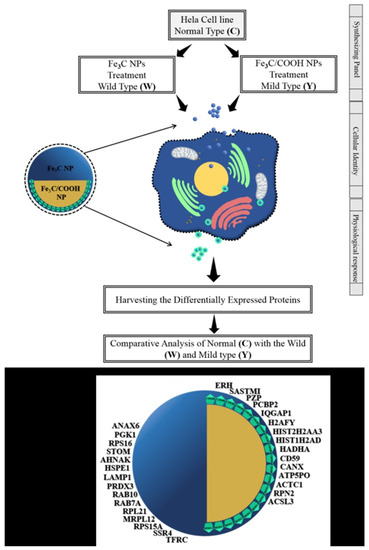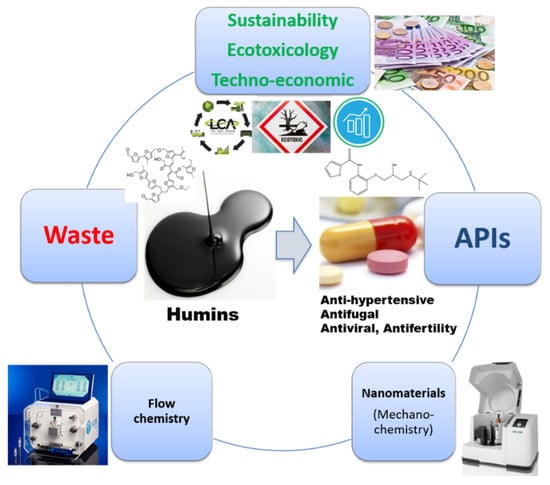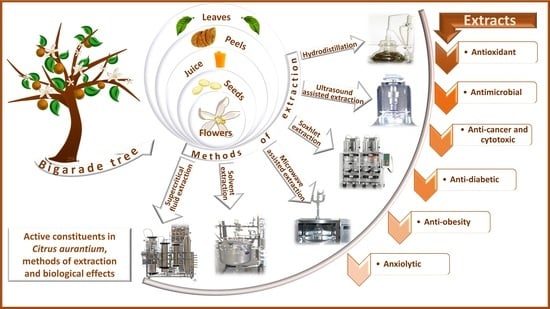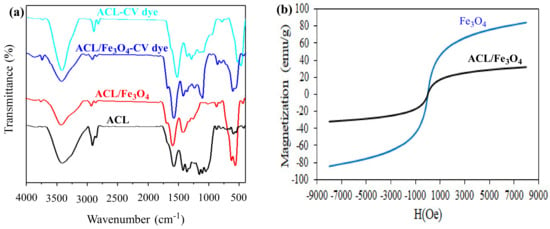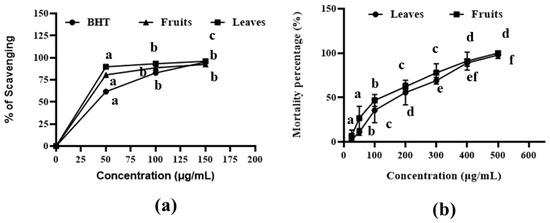Feature Papers from High Cited Researchers (Closed)
A topical collection in Molecules (ISSN 1420-3049).
Viewed by 33294Editors
Interests: green extraction; alternative solvents; innovative technologies; original procedures; microwave; ultrasound; intensification
* It is with great sadness that we announce the passing of Professor Farid Chemat.
Special Issues, Collections and Topics in MDPI journals
Interests: nutrients; bioactive compounds; food preservation; thermal treatment; innovative processing; high-pressure processing; compressed fluids; pulsed electric fields; ultrasound; microwaves; phytochemical purification; phytochemical analysis; compound isolation; bioaccessibility; bioavailability
Special Issues, Collections and Topics in MDPI journals
Interests: inorganic chemistry; physical chemistry; materials science; nanoscience; catalysis; chemical biology; analytical chemistry
Topical Collection Information
Dear Colleagues,
The journal Molecules helps researchers disseminate their research and also provides free access to scientific and technical information.
The 2021 list of Highly Cited Researchers was recently published (https://recognition.webofscience.com/awards/highly-cited/2021/). Highly Cited Researchers, who rank in the top 1% according to citations, have been selected for their exceptional influence and performance for the period 2010–2020. They are pioneers in their field and have been recognized by their peers.
The present Topical Collection will honor Highly Cited Researchers from Molecules and invite them to contribute an article or a review in the field of the journal.
It is also an honor to have many High Cited Researchers from different disciplines serving as Editorial members (Prof. Dr. Maurizio Battino, Prof. Dr. Didier Astruc, Dr. Francisco J. Barba, Prof. Dr. Cyrille Boyer, Prof. Dr. Wei Lv, Prof. Dr. Daniel Granato, Prof. Dr. Baibiao Huang, Prof. Dr. Kourosh Kalantar-Zadeh, Dr. Yangchao Luo, Prof. Dr. Rafael Luque, Prof. Dr. Yanming Ma, Prof. Dr. Liqiang Mai) in Molecules.
Prof. Dr. Farid Chemat
Prof. Dr. Francisco J. Barba
Dr. Nasir Mahmood
Dr. Jing Guo
Collection Editors
Manuscript Submission Information
Manuscripts should be submitted online at www.mdpi.com by registering and logging in to this website. Once you are registered, click here to go to the submission form. Manuscripts can be submitted until the deadline. All submissions that pass pre-check are peer-reviewed. Accepted papers will be published continuously in the journal (as soon as accepted) and will be listed together on the collection website. Research articles, review articles as well as short communications are invited. For planned papers, a title and short abstract (about 100 words) can be sent to the Editorial Office for announcement on this website.
Submitted manuscripts should not have been published previously, nor be under consideration for publication elsewhere (except conference proceedings papers). All manuscripts are thoroughly refereed through a single-blind peer-review process. A guide for authors and other relevant information for submission of manuscripts is available on the Instructions for Authors page. Molecules is an international peer-reviewed open access semimonthly journal published by MDPI.
Please visit the Instructions for Authors page before submitting a manuscript. The Article Processing Charge (APC) for publication in this open access journal is 2700 CHF (Swiss Francs). Submitted papers should be well formatted and use good English. Authors may use MDPI's English editing service prior to publication or during author revisions.









